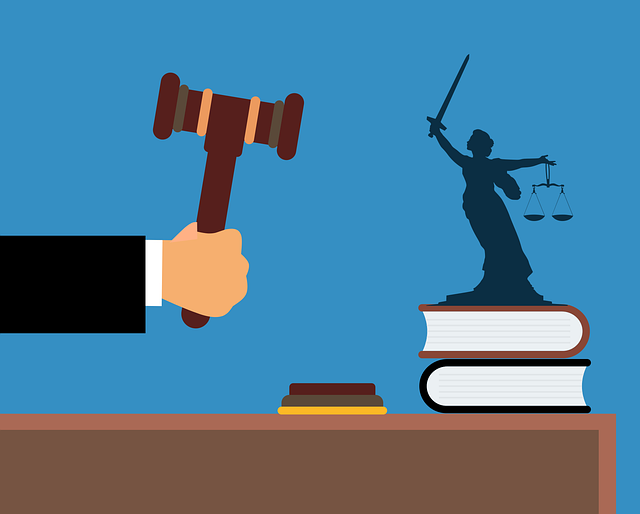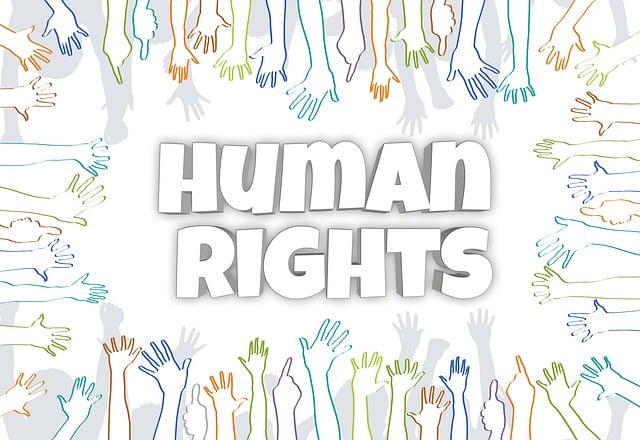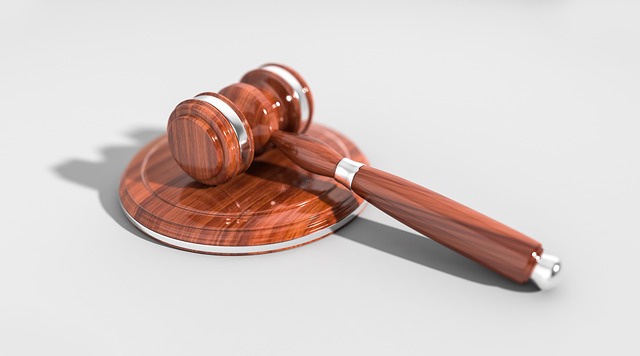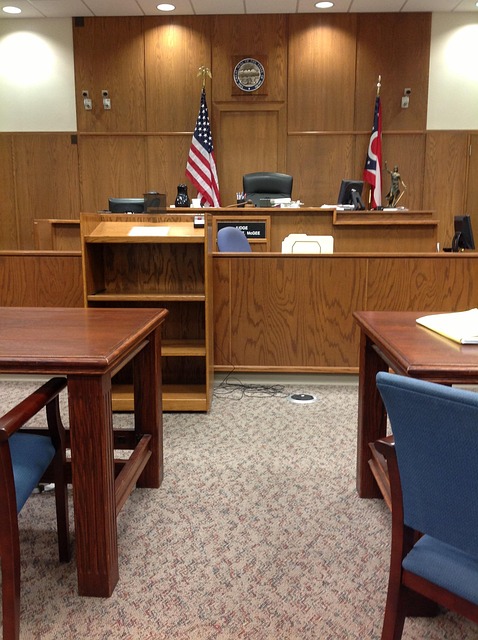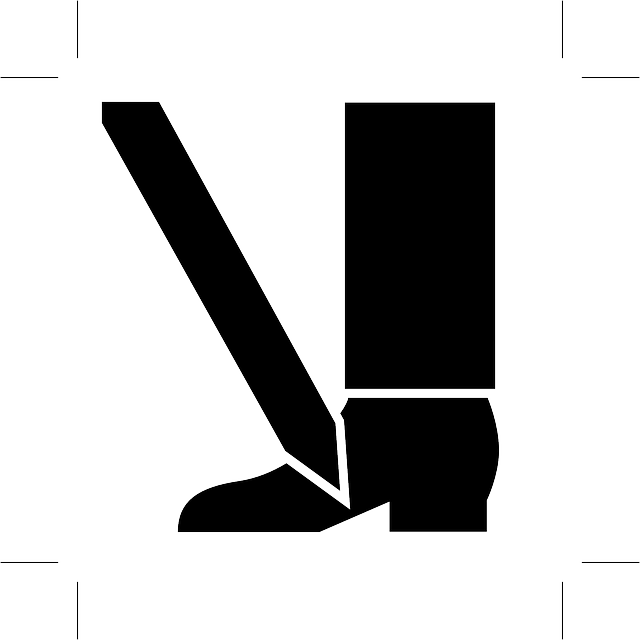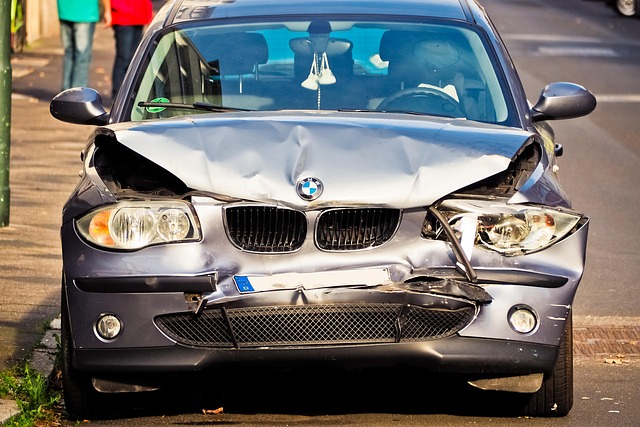Establishing liability is crucial in a bike accident claim. Responsibility can fall on individuals, property owners, or manufacturers, based on negligence and traffic law violations. A specialized lawyer examines evidence like witness statements, police reports, and surveillance footage to determine at-fault entities, ensuring justice for the victim and fair compensation for injuries.
In the event of a bike accident, establishing liability is crucial for a successful bike accident claim. Understanding who’s responsible—whether it’s a driver or cyclist—is the first step. This article guides you through the basics of bike accident liability, delving into the dynamics between drivers and cyclists, and exploring third-party responsibilities. By the end, you’ll have a clearer understanding of navigating a bike accident claim effectively.
- Understanding Bike Accident Liability Basics
- Driver vs Cyclist: Assigning Blame
- Determining Third-Party Responsibilities in Bike Crashes
Understanding Bike Accident Liability Basics
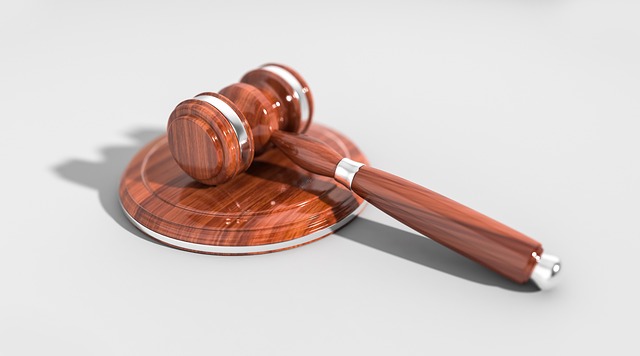
In a bike accident claim, establishing liability is a critical step towards securing compensation for injuries and damages sustained. The basics of bike accident liability often revolve around understanding who or what entity is at fault. Typically, this can be an individual driver, a property owner, or even a manufacturer in certain cases.
When it comes to determining responsibility, several factors come into play. These include negligence, violation of traffic laws, and the specific circumstances surrounding the accident. For instance, if a driver collides with a cyclist while running a red light, the driver is likely at fault due to a breach of the duty of care. Similarly, if a cyclist hits a patch of ice on a poorly maintained road, the local government or property owner might be held liable for negligence in road conditions. It’s essential to consider these nuances when navigating a bike accident claim to ensure a just outcome.
Driver vs Cyclist: Assigning Blame
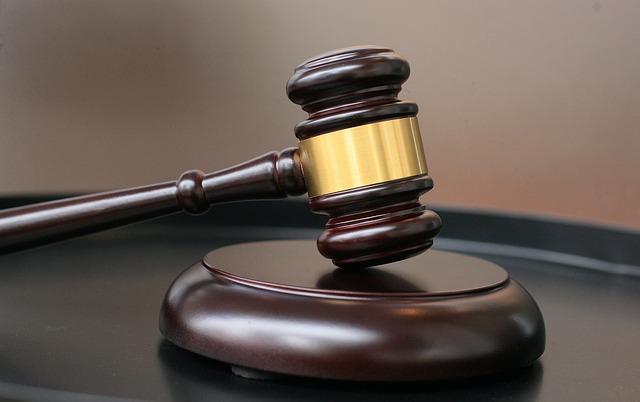
In a bike accident claim, assigning liability between a driver and a cyclist can be complex. Often, the initial perception might lean towards blaming the cyclist for their safety, especially if they were not riding defensively or adhering to local traffic laws. However, this simplification overlooks the multifaceted nature of these incidents. Just as drivers have responsibilities to ensure safe roads, cyclists also have duties to protect themselves.
When determining fault, it’s crucial to consider factors like who had the right of way, speed and behavior at the time of the accident, visibility, and any contributing conditions such as poor road maintenance or inadequate lighting. A personal injury lawyer specializing in these cases will delve into these aspects to ensure justice for their client, whether they’re a cyclist suffering from slip and fall injuries or a driver facing business litigation over the incident.
Determining Third-Party Responsibilities in Bike Crashes

In a bike accident claim, establishing third-party responsibilities is a crucial step in ensuring just compensation for victims. When a bicycle collides with a motor vehicle or encounters hazardous conditions caused by another party, determining liability becomes paramount. This process involves meticulously reviewing evidence such as witness statements, police reports, and surveillance footage to pinpoint the at-fault entity. Factors that contribute to third-party responsibilities include negligent driving behaviors like lane violations or failure to yield, inadequate road maintenance resulting in unsafe conditions, or even poorly designed infrastructure that increases collision risks.
Understanding these aspects is essential for individuals seeking injury compensation through a bike accident claim. It’s not uncommon for complex scenarios involving business litigation or slip and fall injuries to arise when determining liability. In such cases, legal experts play a pivotal role in navigating the intricate web of responsibilities, ensuring victims receive fair and adequate injury compensation for their troubles.
In any bike accident claim, understanding liability is key. While circumstances vary, a clear framework exists for assigning blame between drivers and cyclists. Furthermore, recognizing third-party responsibilities can significantly impact outcomes. By grasping these fundamentals, individuals involved in bike accidents can make informed decisions and navigate their claims effectively. Remember, the path to resolution starts with knowing who holds liability and the steps to take subsequently.
